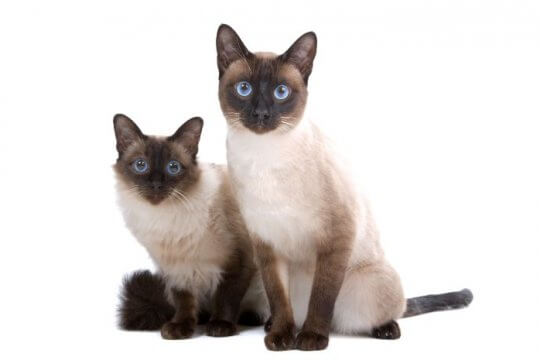Your Cart Is Empty
✖No products in the cart.

United States
8"-10"
4-10 pounds
12-15 years
Affectionate, inquisitive, outgoing, intelligent
Long haired Siamese
Small to medium-sized longhair
$1,000 - $1,500
Balinese cats cost between $1,000 - $1,500.
Balinese cats tend to be small in size. A fully grown Balinese cat might weigh between 4-10 pounds or more and range in height anywhere from about 8"-10" inches tall.
The Average lifespan for Balinese is 12-15 years.
Balinese are long-haired cats, so you do have to expect a certain amount of shedding from this breed, but they don't shed as much as other cat breeds.
Amidst the realm of feline diversity, reside the distinct breeds that captivate our attention. Feline inhabitants create a harmonious symphony of fur, whiskers, and personalities that enrich our lives
© 2024 CATLIVES. All Rights Reserved.